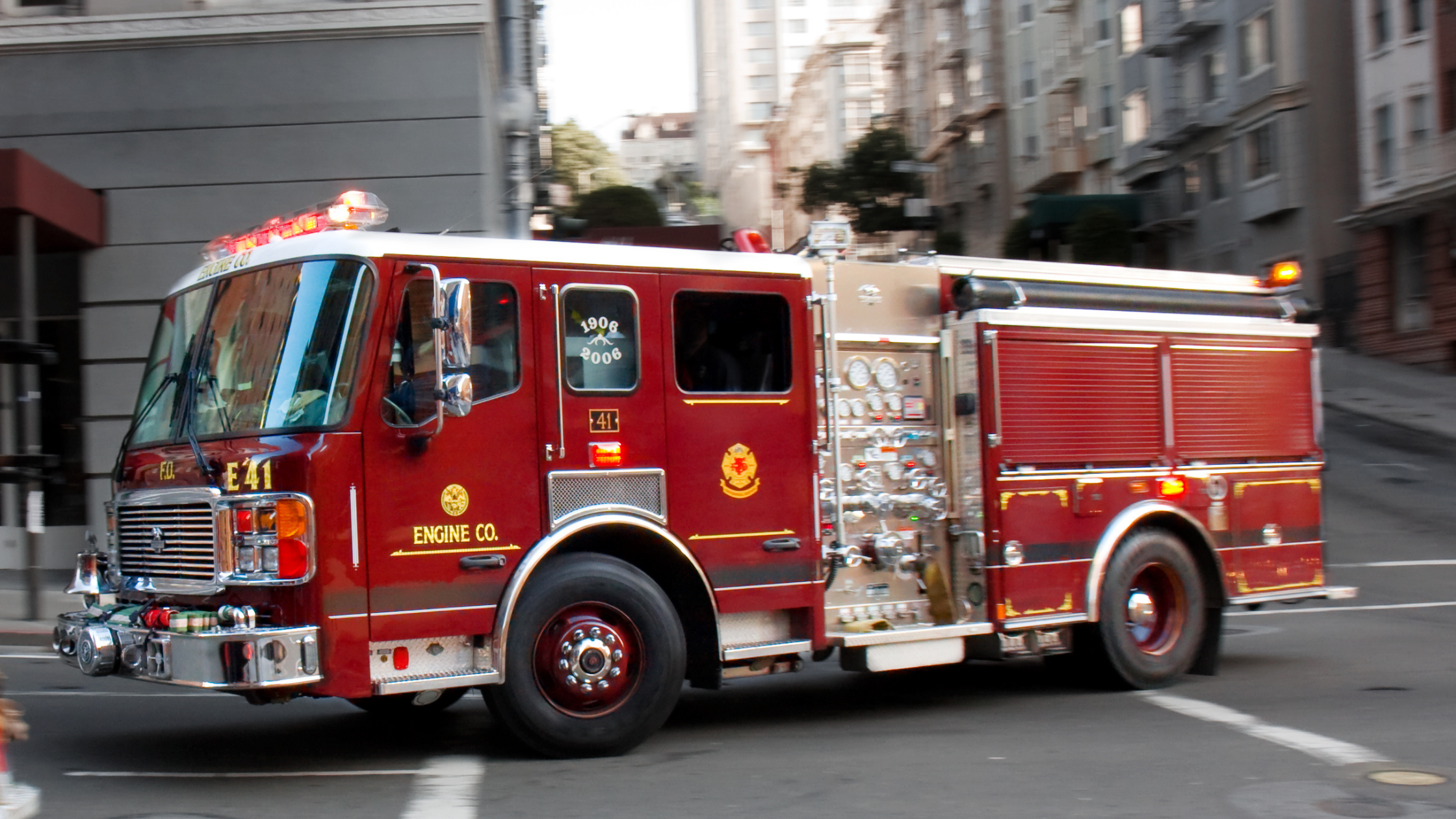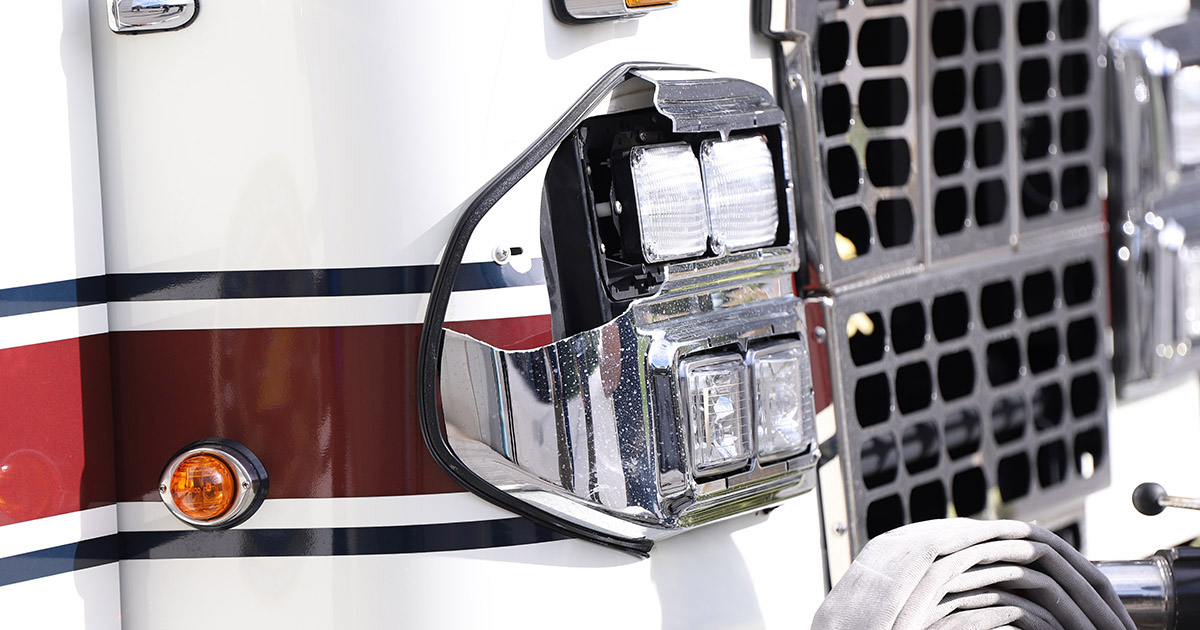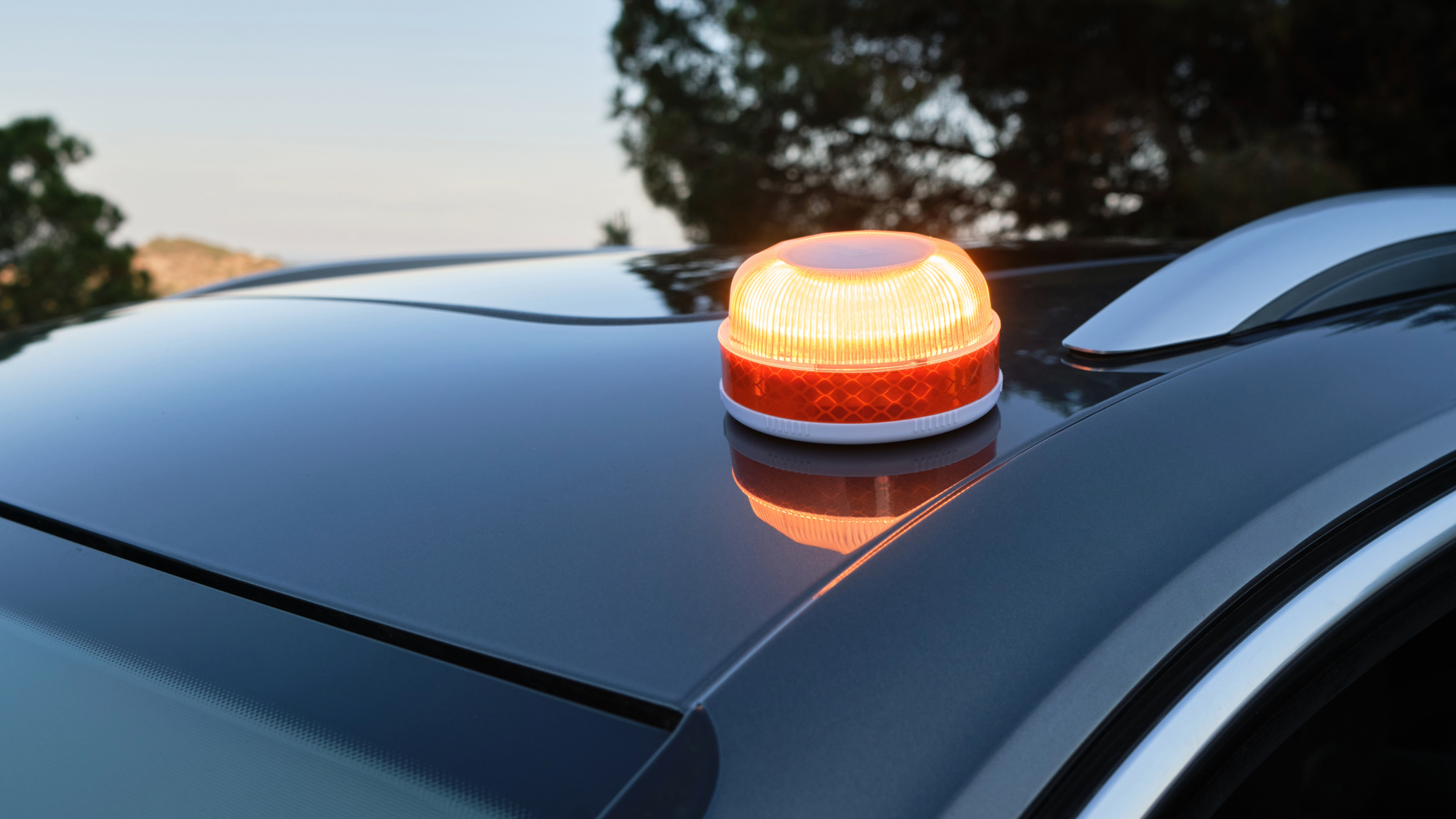Why written training, policies and procedures are so important for intersections—and how to develop effective guidelines to help your emergency service organization address this risk.
You’re heading to an urgent call when you approach a stop sign where there is typically little to no traffic—what do you do? What if instead of a low-traffic stop sign it was six-lane intersection on a major highway?
The answer should be the same for any stop sign, yield sign, yellow or red traffic light—you should follow the intersection policies and procedures that have been set in place by your emergency service organization. However, we know that this doesn’t always happen.
In fact, intersections are considered the location that’s responsible for the majority of incidents involving emergency vehicles for VFIS clients. And not only are they fairly common occurrences—but they’re also
typically serious events involving T-bone or off-set types of collisions that result in someone getting hurt and/or significant damages to the vehicles involved.
Chris Rogers, host of the Don’t Risk It! podcast, recently sat down with Mike Baker, Director of VFIS Client Risk Solutions, and Blair Tyndall, Emergency Services Specialist, to talk about the latest best practices when it comes to training, policies and procedures concerning emergency response and intersections…and we’re sharing what they had to say.
Why are SOPs and SOGs crucial for intersections and how should they be utilized?
Standard operating policies (SOPs) and standard operating guidelines (SOGs) are important for intersections because all emergency response organizations and their personnel are exposed to this risk.
However, sometimes organizations create intersection guidelines, have their members sign them, stack them on a shelf somewhere and mark intersection training as “done” on their to-do list—which can be just as negatively impactful as not having an SOP or SOG at all.
These guidelines should be dynamic, living documents that are visited frequently, updated when needed and used to train to the point where they become engrained in members’ minds and they fully understand the purpose of each one.
What should be included in intersection SOPs and SOGs?
While these SOPs and SOGs will vary from organization to organization, here are some common best practices:
- Your guidelines for intersections should get specific and cover topics like operating at intersections, clearing intersections and lanes of travel.
- Generally, common practices can go across many types of intersections (whether they’re controlled, noncontrolled, multi-lane, etc.)—however, specifications will be needed for important variables. For example, Mike notes that missing accountability for the far curb lane is a common problem (whether it’s caused by a view obstruction, like a stopped vehicle, or they simply missed what’s happening on the other side) and risks like these need to be addressed.
- A complete stop should be considered standard practice at every intersection—and if you can’t account for every lane within that intersection at any point while you’re going through it, you should stop immediately.
The driver and operator should work together so that there are at two people to help find potential hazards and communicate those hazards to the driver. - We recommend that legal council is involved in all of your SOGs and SOPs—and especially those, like intersections, which cover large and serious issues. Not only could legal council help bring validity to the documents to help your members take them seriously but they could also help you identify any state-specific laws and guide you on whether or not disciplinary action is warranted after an incident.
Where can I learn more?
- Check out the “Emergency Vehicle Response Guidelines” bulletin on vfis.com, which covers the types
of vehicle guidelines that your organization could implement, including intersections and tips for each written policy. - Access this entire Don’t Risk It! podcast episode and other episodes on a wide-variety of emergency service topics at dontriskit.libsyn.com and on all major podcast platforms—and don’t forget to come back bi-weekly for new episodes!
- Browse hundreds of free SOP and SOG samples on ResponderHelp.com.
We understand that lives could be at stake when you’re responding to a call—but lives are at risk along the roadways all the same. It’s crucial for the safety of your team and the public for your drivers and passengers to remain vigilant, alert and calm until you have parked the vehicle at the station.
DISCLAIMER
The information contained in this blog post is intended for educational purposes only and is not intended to replace expert advice in connection with the topics presented. Glatfelter specifically disclaims any liability for any act or omission by any person or entity in connection with the preparation, use or implementation of plans, principles, concepts or information contained in this publication.
Glatfelter does not make any representation or warranty, expressed or implied, with respect to the results obtained by the use, adherence or implementation of the material contained in this publication. The implementation of the plans, principles, concepts or materials contained in this publication is not a guarantee that you will achieve a certain desired result. It is strongly recommended that you consult with a professional advisor, architect or other expert prior to the implementation of plans, principles, concepts or materials contained in this publication.
This blog post may contain the content of third parties and links to third party websites. Third party content and websites are owned and operated by an independent party over which Glatfelter has no control. Glatfelter makes no representation, warranty, or guarantee as to the accuracy, completeness, timeliness or reliability of any third party content. References to third party services, processes, products, or other information does not constitute or imply any endorsement, sponsorship or recommendation by Glatfelter, unless expressly stated otherwise.
Related posts
We asked 10 members of our VFIS Team to name one auto-related risk that they believe is underdiscussed in fire and EMS agencies. Here’s what they said.
Most volunteer fire departments rely heavily on POVs, but there are inherent risks you should know.
Establish a Emergency Vehicle Operations Program that includes driver/operator requirements to help ensure your vehicles are in the right hands.









Submit a Comment